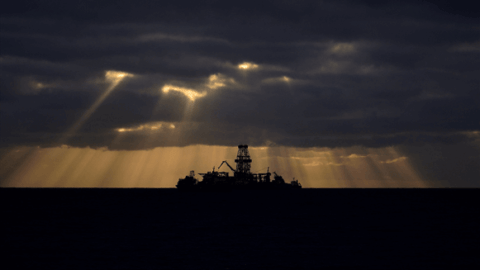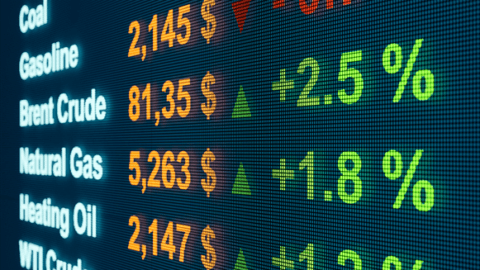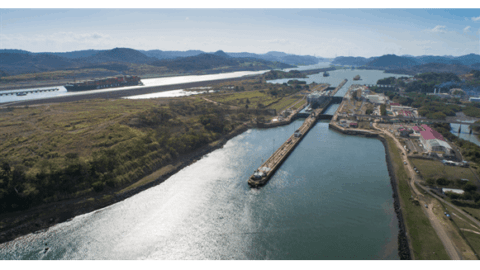(The views and opinions expressed in this article are those of the attributed sources and do not necessarily reflect the position of Rigzone or the author)
In this week’s preview of what to watch in oil and gas markets, Rigzone’s regular energy prognosticators look at the recovery in the Gulf of Mexico following Hurricane Ida, gas market price moves, Libya supply disruption and more. Read on to find out the full range of topics and trends the market observers will be on the lookout for this week.
Phil Kangas, US Partner-in-Charge, Energy Advisory, Natural Resources and Mining, Grant Thornton LLP: Estimates are that approximately 14 percent of total U.S. refining capacity had been in the path of Hurricane Ida. While many expect the impacted facilities to come back online soon, disruptions from past hurricanes last months, with some never returning to operations. As of this writing, the Strategic Petroleum Reserve (SPR) has received authorization from the Department of Energy to conduct exchange of 1.8 million barrels of crude oil to Placid Refining Co, LLC and to ExxonMobil Baton Rouge to support recovery activities. Additional SPR draws may be needed in the short term to support recovery. Still, with WTI price forecasts remaining above $70 per barrel, we should expect rig counts to resume their upward trend and a return to pre-hurricane production levels.
Samuel Indyk, Senior Analyst at uk.investing.com: First and foremost, I’ll be keeping an eye on how quickly production in the Gulf can come back online. New supply disruptions in Libya will also need to be watched following protests this week which have blocked some oil exports from the Es Sider and Ras Lanuf ports. An extended blockade could further impact global supply.
Tom Seng, Director – School of Energy Economics, Policy and Commerce, University of Tulsa’s Collins College of Business: The market will continue to monitor reports about the return of GOM production and the re-starting of Louisiana refineries. Additionally, traders cannot turn their backs on the Covid-19 virus delta variant as the spread has yet to be contained.
Mark Le Dain, Vice President of Strategy at Validere: Gas production is not responding to the extent needed to reduce the price. The largest producers are heavily hedged, so they aren’t able to put the full benefit of the higher price back into the drill bit. The longer production doesn’t respond the more certain the market becomes of capital discipline or that there just aren’t that many tier one locations left. This is at the same time that many nuclear plants in the U.S. continue to be shut down and or contested.
Tom McNulty, Houston-based Principal and Energy Practice Leader with Valuescope, Inc: Aviation is very hard to decarbonize, so it should be expected that the demand for Sustainable Aviation Fuel (SAF) will start to rise rapidly. In some places, like Europe, there are and will be mandates, while here in the U.S., for the time being, the use of SAF will be voluntary. But it is here to stay and will start to take some market share soon enough.
To contact the author, email andreas.exarheas@rigzone.com
#Expert #Hurricane #Affected #Asset #Warning
Tags: Affected Asset Coastal Flow Coastal Flow Measurements Coastalflow Expert Hurricane oil and gas petroleum news events stories articles analysis commentary headlines stocks finance commodities maps pictures Warning








